Art & Exhibitions
‘The Heritage Has Been Lost’: Why an Émigré Opened the First US Museum Dedicated to Palestinian Art and Culture
The Palestine Museum US is opening in Woodbridge, Connecticut.
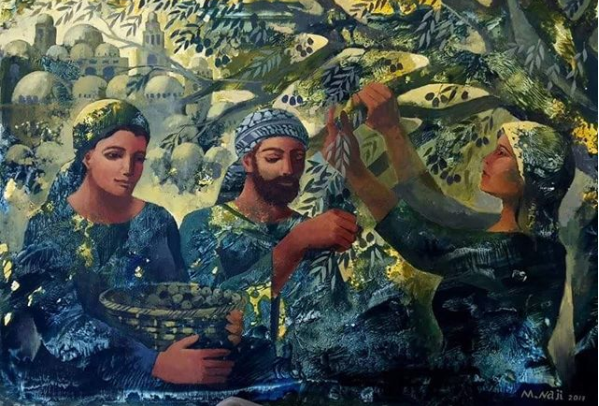
The Palestine Museum US is opening in Woodbridge, Connecticut.

Sarah Cascone

The first US museum dedicated to Palestinian art and the story of the Palestinian people will open its doors in Woodbridge, Connecticut, on April 22. The Palestine Museum US will be a small but vital platform for artists of Palestinian descent, and a showcase for the stateless nation’s rich culture and heritage.
The institution is the brainchild of Faisal Saleh, a 66-year-old entrepreneur whose family became refugees in 1948, when their Palestinian village, Salama, was taken over by Israeli forces and its inhabitants forced to abandon their homes. After years of success in the business world, Saleh felt the need to give something back to the people of Palestine, and began planning the project last June.
“There isn’t a single Palestinian museum in all of North or South America,” Saleh told artnet News. “As Palestinians, we’ve had zero presence in the artistic arena in the West in general and particularly in the US.” He hopes to correct “the big vacuum of artistic and cultural information about Palestine in this country.”
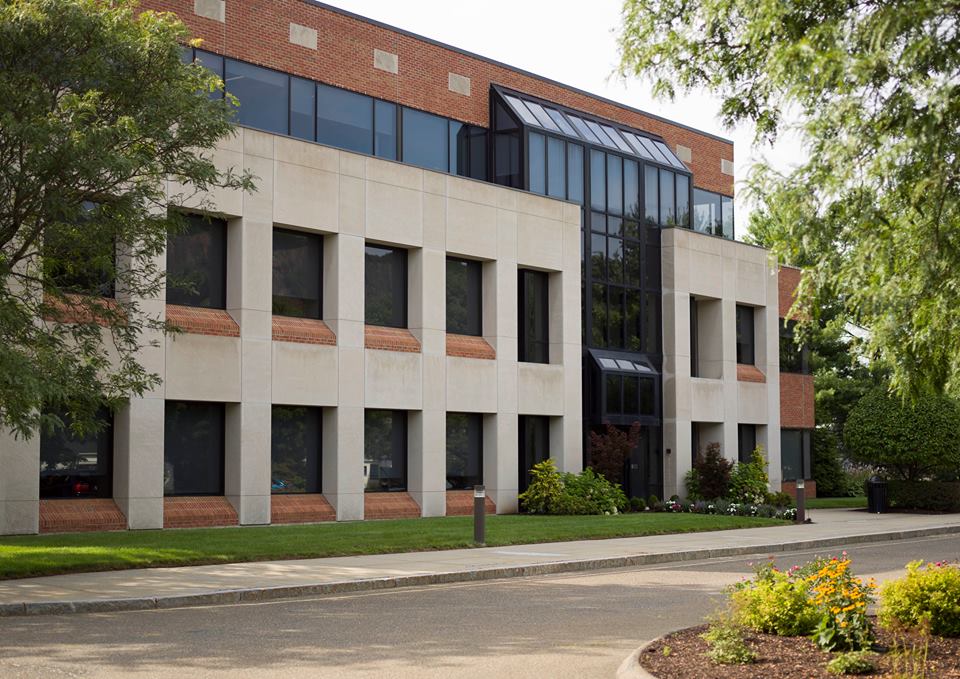
The Palestine Museum US. Photo courtesy of the Palestine Museum US.
There will be a wide range of work on view, much of it from artists currently living in Palestine, in the West Bank and Gaza. The inaugural exhibition includes sculpture, installation, and paintings by contemporary artists, as well as a new mural painted by Ayed Arafah on one of the museum walls.
There museum will also highlight historic objects, such as rare, vintage hand-embroidered dresses; coins and stamps; old documents such as passports from the 1930s; and a selection of some 80 photographs taken in Palestine before 1948, dating back as far as the 1800s.
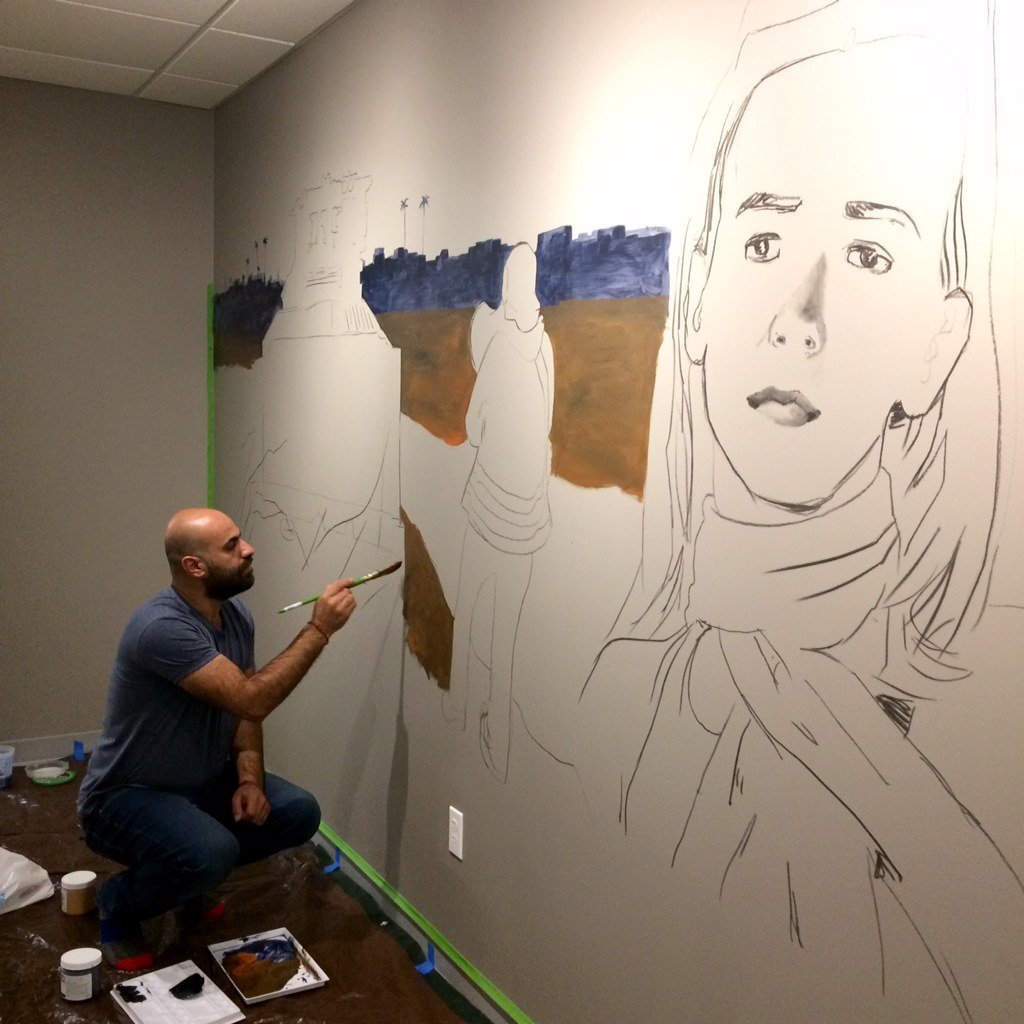
Ayed Arafah working on his mural of Rachel Corrie, an American-born pro-Palestinian activist killed by Israeli forces in 2003. Photo courtesy of the Palestine Museum US.
“The photos illustrate how Palestine used to be before it was taken over. What the way of life was, what the streets looked like. We want to show that there was a vibrant country called Palestine in the late 1800s and early 1900s—something that some people have no idea existed,” Saleh said. “There is concern that the heritage has been lost because the Palestinians live under occupation and the occupying force has been trying to erase the Palestinian identity and culture.”
Saleh sees the new museum, which features just 4,000 square feet of exhibition space, as a stepping stone to a larger institution, perhaps in New York or Washington, DC. He has personally funded the project for now, but expects other Palestinian donors will step up to support the museum’s growth. The opening celebration—a four-hour affair that will feature musical performances on violin and the lute-like oud—is already 25 percent over capacity.
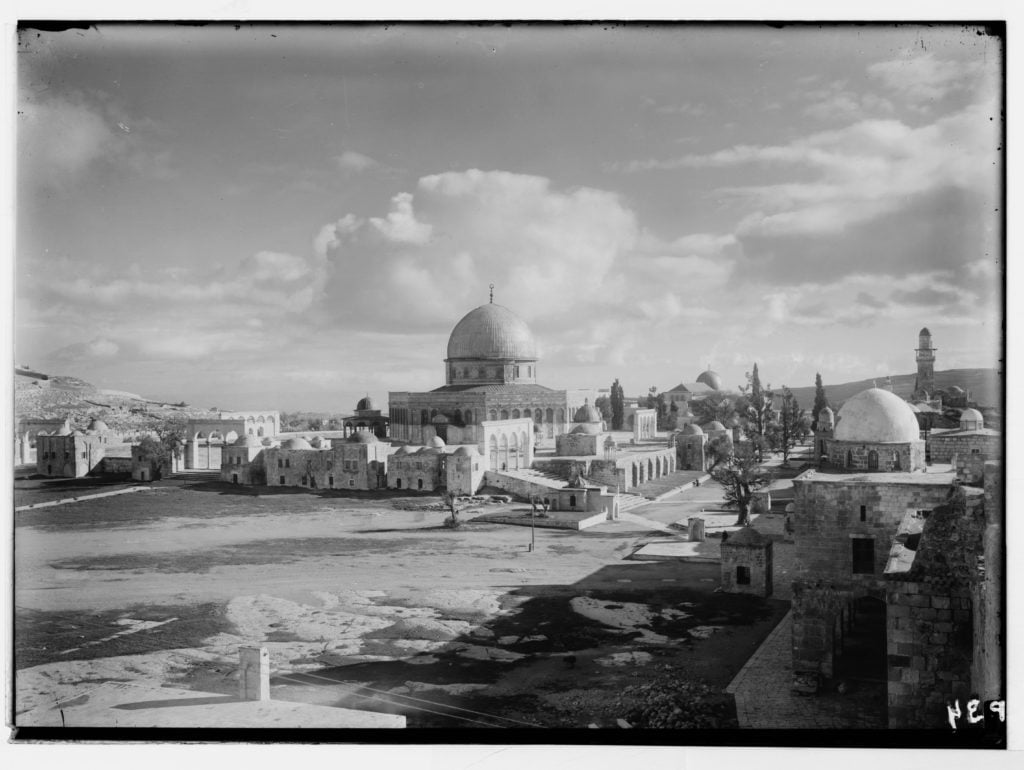
A photo of the Dome of the Rock in Jerusalem, Palestine, dating back to the early 1900s. Photo courtesy of the Palestine Museum US.
“We kind of were taken by surprise by this great level of interest,” Saleh said. “People can’t believe there wasn’t anything like this before.” The hope is to become a collecting institution with permanent installations as well as about seven to ten temporary exhibitions a year.
The museum’s debut comes less than a year after the Palestinian Museum in the West Bank city of Birzeit opened the first show in its $24 million building (following a 15-month delay). It is now hosting its second exhibition, “Labor of Love: New Approaches to Palestinian Embroidery,” on view through August 25. Another institution, the Palestine Museum and Cultural Centre, in Bristol, England, opened in 2013.
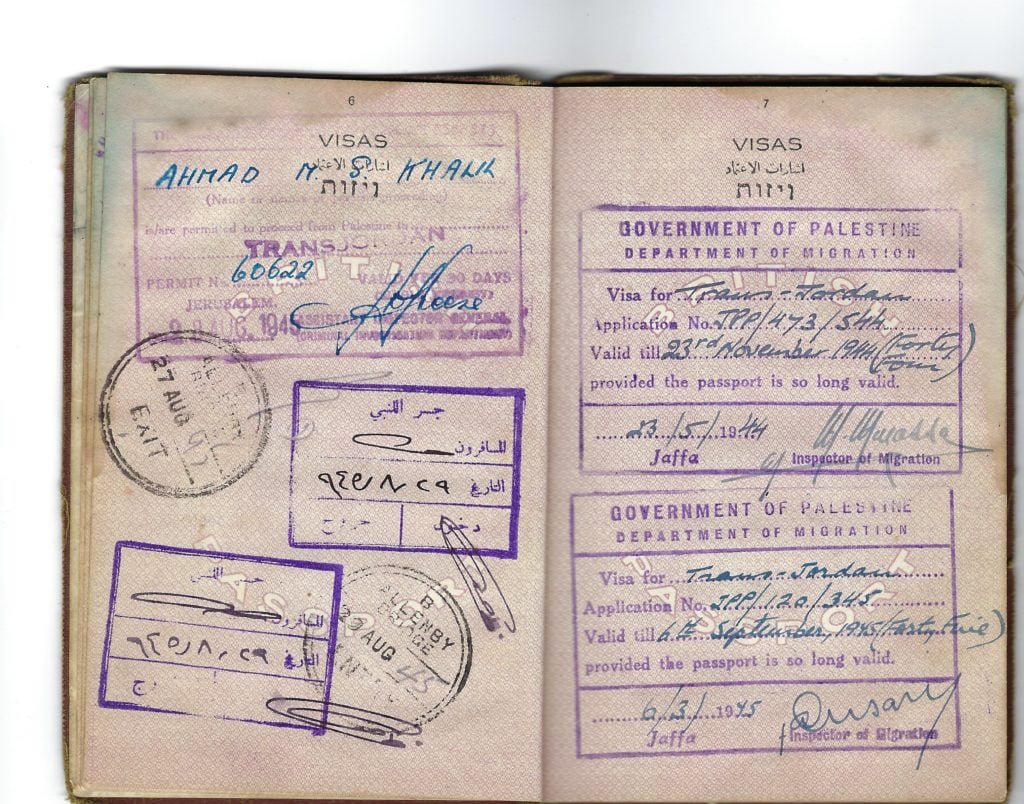
British-issued State of Palestine passport (effective 1939). Photo courtesy of the Palestine Museum US.
Saleh saw a growing need for a venue for Palestinian artists in the US. “I know a lot of Palestinian artists have had trouble getting their art exhibited,” he said, citing a fear of upsetting potential donors or otherwise causing controversy. “I wanted to create a space where Palestinian art is welcomed and celebrated.”
Although some artists’ work may touch on political issues, the Palestine Museum US is decidedly apolitical. “We don’t want to get into political arguments,” Saleh said. “We want to talk about the heritage: the cuisine, the food, the clothing, the art, the embroidery—all that that is Palestinian. We really want to shift the discourse from the political arena to the artistic arena.”
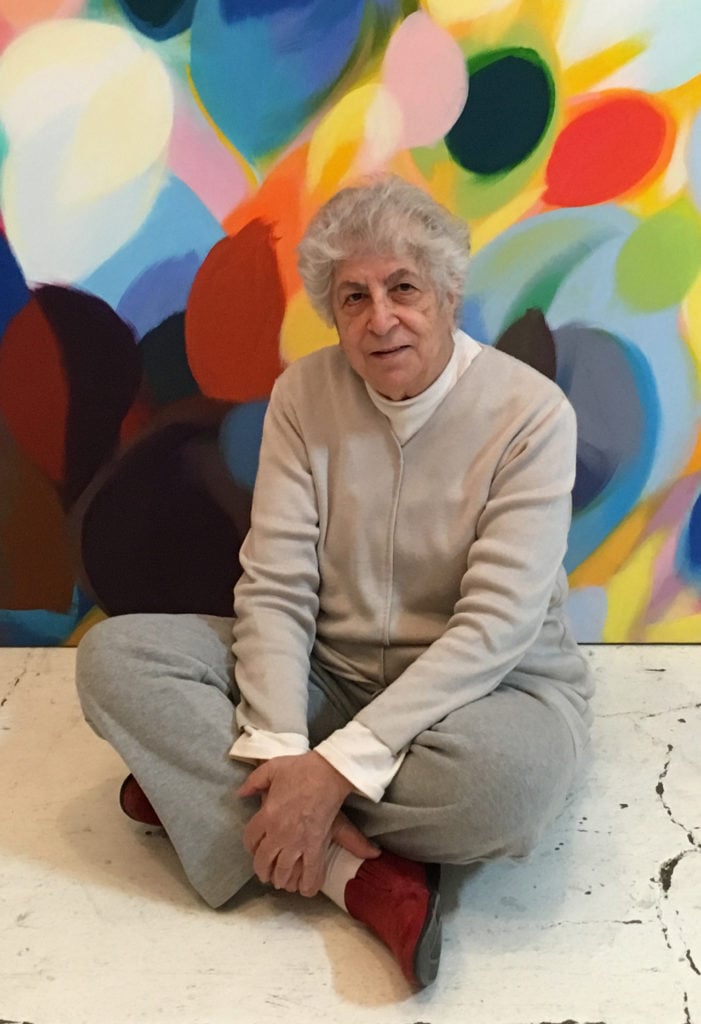
Samia Halaby. Photo courtesy of the Palestine Museum US.
Artists in the inaugural show include, Manal Deeb, Mohamed Saleh Khalil, Suzan Bushnaq, Karim Abu Shakra, Malak Mattar, and Samia Halaby, who was born in Jerusalem in 1936 and is perhaps the world’s most prominent Palestinian artist. She has lent three works to the institution and will give the keynote speech during the opening festivities.
“She’s an abstract artist with a very distinguished art career,” Saleh said. “Her support has prompted a lot of other Palestinian artists to reach out to us about participating.”
See more photos from the new museum below.
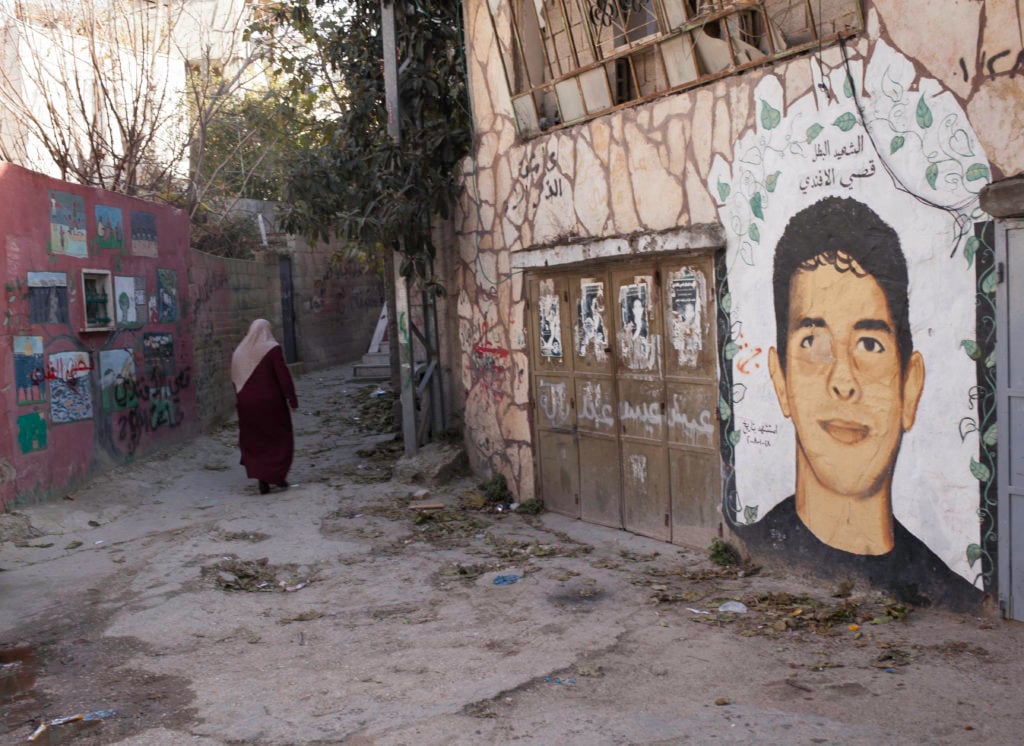
A photo from Margaret Olin’s “Marking Time” series, documenting the tribute murals to Palestinians on street walls and buildings in the Dheisheh Refugee Camp just south of Bethlehem on the West Bank. Photo courtesy of the Palestine Museum US.
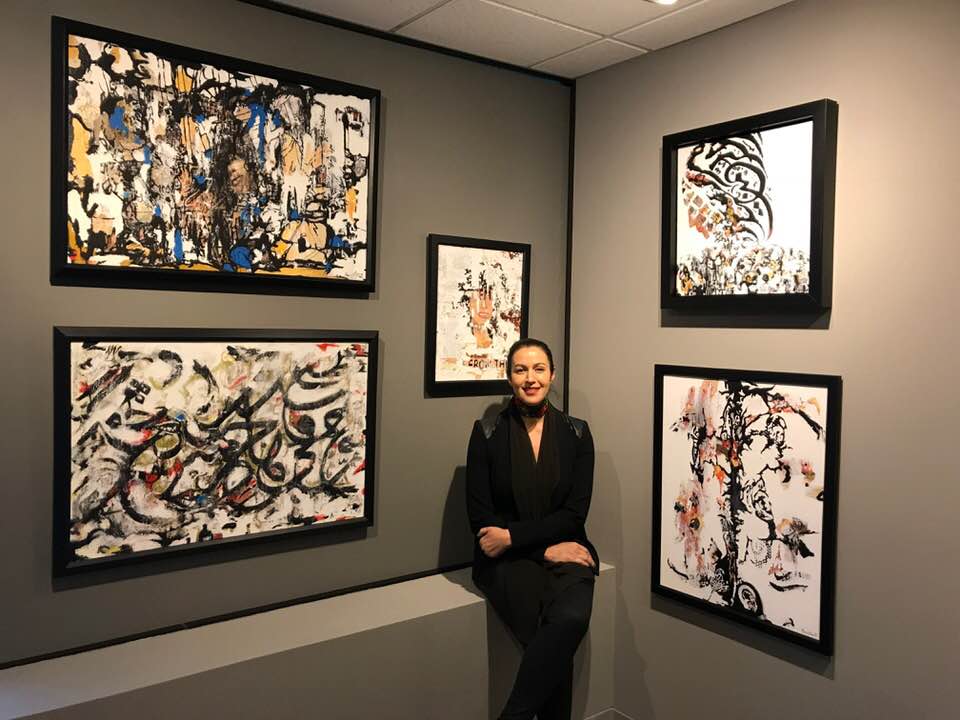
Manal Deeb with the “From There to Here” exhibit at Palestine Museum US. Photo courtesy of the Palestine Museum US.
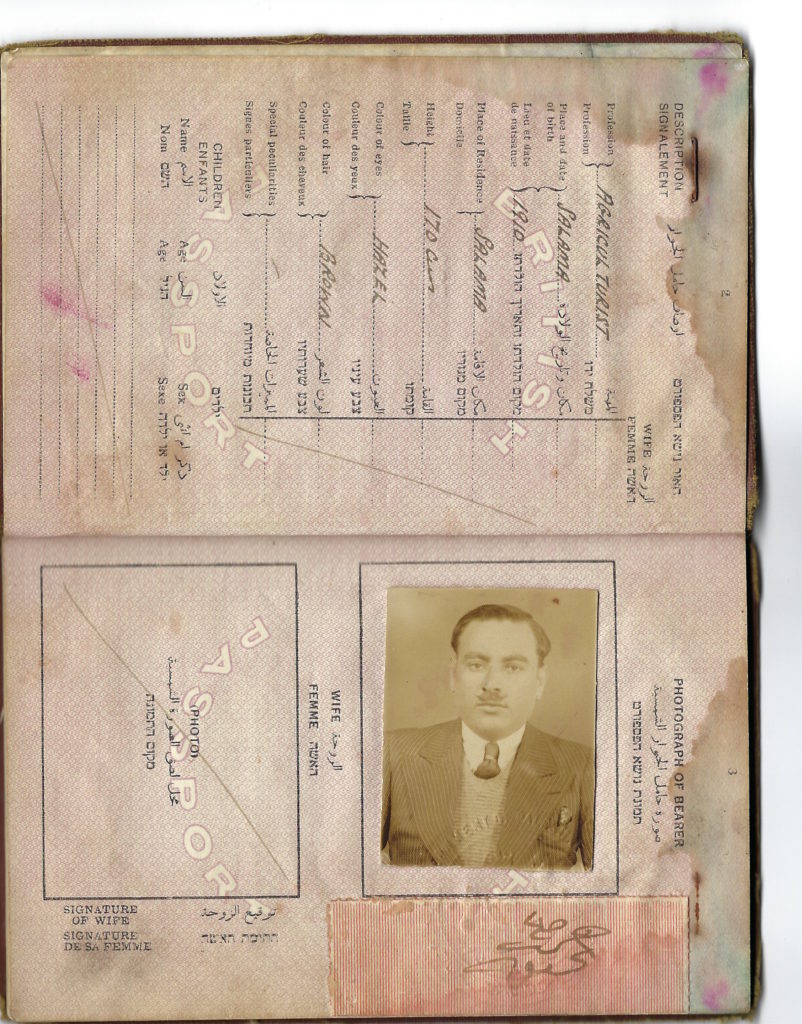
British-issued State of Palestine passport (effective 1939). Photo courtesy of the Palestine Museum US.
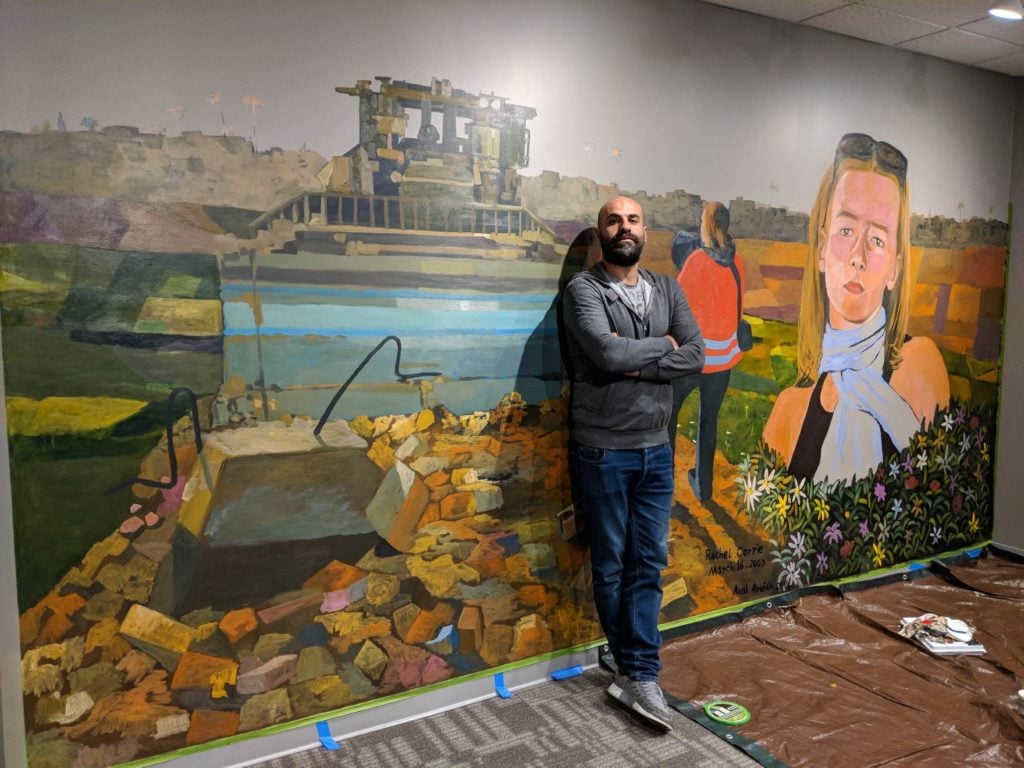
Ayed Arafah with his mural of Rachel Corrie, an American-born pro-Palestinian activist killed by Israeli forces in 2003. Photo courtesy of the Palestine Museum US.
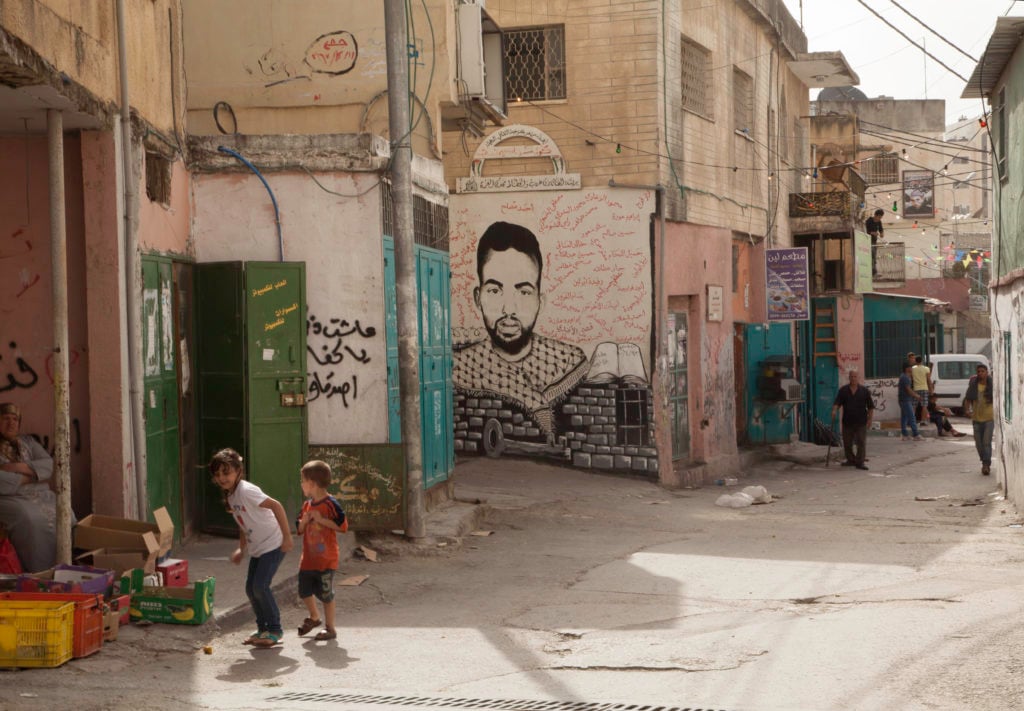
A photo from Margaret Olin’s “Marking Time” series, documenting the tribute murals to Palestinians on street walls and buildings in the Dheisheh Refugee Camp just south of Bethlehem on the West Bank. Photo courtesy of the Palestine Museum US.
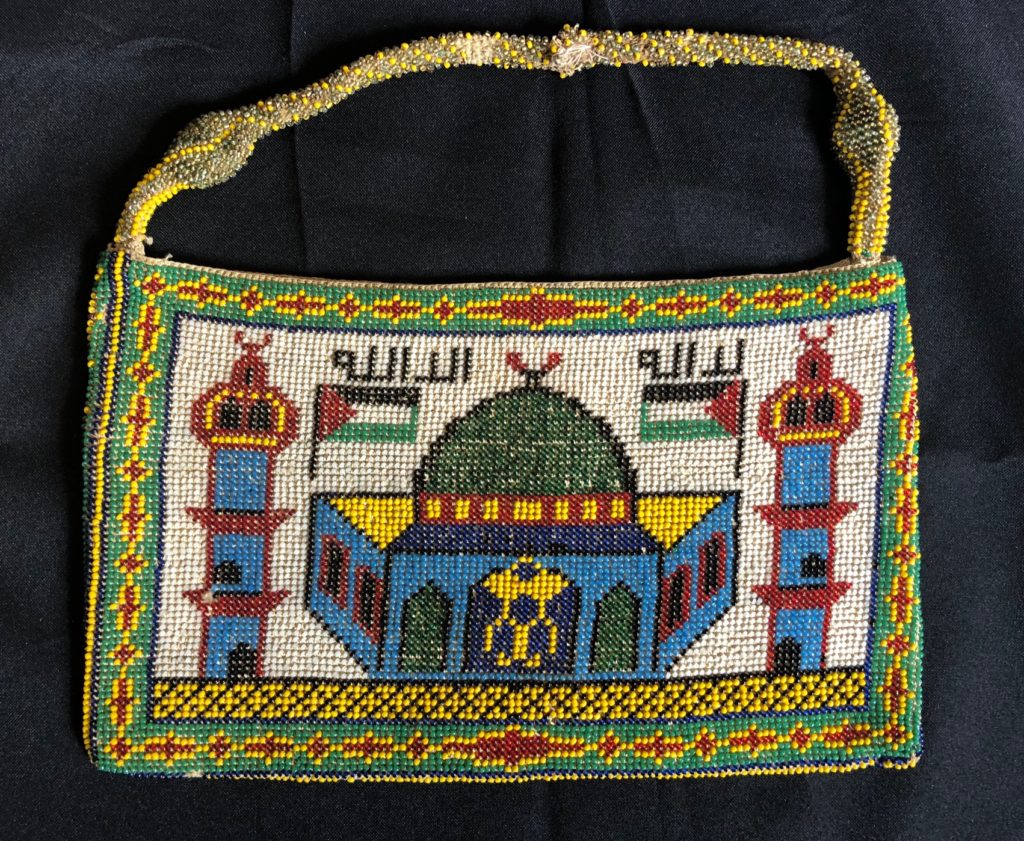
A beaded purse made around 1936 and used by Palestine Museum founder Faisal Saleh’s mother for many years. The design shows the Dome of the Rock in Jerusalem. Photo courtesy of the Palestine Museum US.
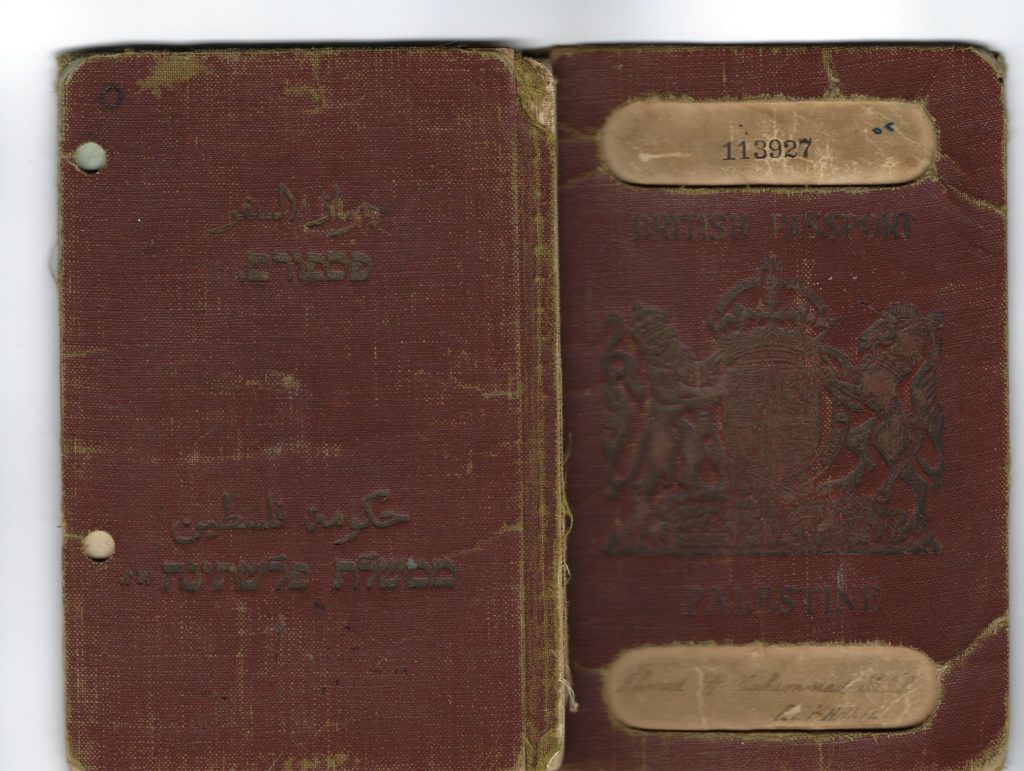
British-issued State of Palestine passport (effective 1939). Photo courtesy of the Palestine Museum US.